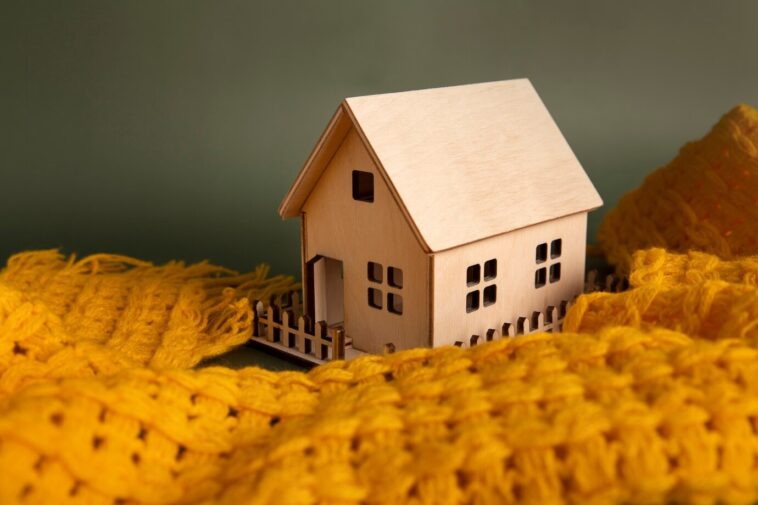Tiny house living has become a symbol of minimalist, sustainable, and cost-effective living. However, transitioning to a significantly smaller space comes with its own set of challenges, primarily how to make a tiny house feel spacious and functional.
In this blog post, we delve into the art of designing your house, focusing on strategic layouts that not only maximize space but also create an illusion of spaciousness. Whether you’re an enthusiast or considering the leap into tiny living, these insights will guide you in creating a space that is both functional and liberating.
Understanding Space Dynamics
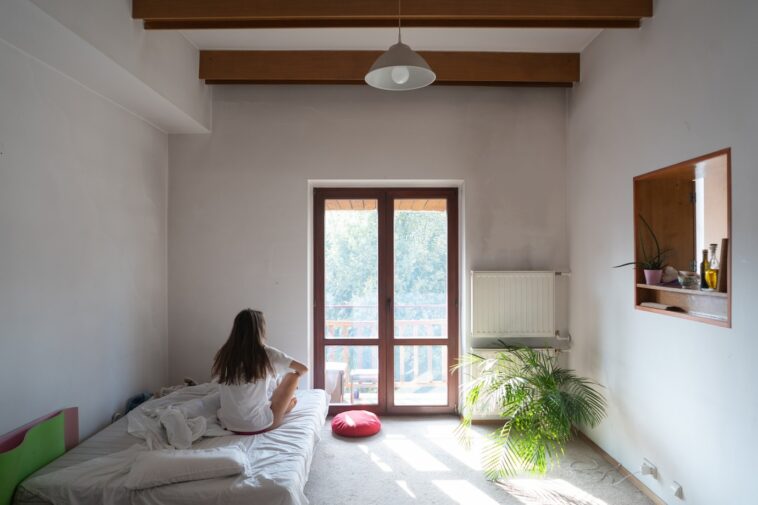
Before diving into specific design strategies, it’s crucial to understand the dynamics of space in tiny houses. Tiny living requires a paradigm shift from traditional home design; every inch counts, and the efficiency of your space depends heavily on how well you understand and implement principles of design.
In design, creating a smooth flow is essential, especially when considering tiny homes for sale. Flow refers to the ease with which you can move through the space, which is crucial in a small environment. A well-thought-out floor plan can prevent the house from feeling cramped, thus enhancing its appeal to potential buyers.
By prioritizing the movement between areas, you can create a more comfortable and functional home, which can significantly influence the decision-making process for those seeking tiny homes for sale. Consider how daily activities will occur in the space and arrange your layout to support these movements naturally, increasing the desirability among prospective buyers.
Vertical space is your best friend in a tiny house. Utilizing the height of your space can transform the functionality and feel of your tiny home. Think beyond traditional storage; vertical space can be used for sleeping lofts, high shelves, and even fold-away furniture. This approach not only frees up floor space but also draws the eye upward, creating the illusion of height and openness.
Zoning Your Space
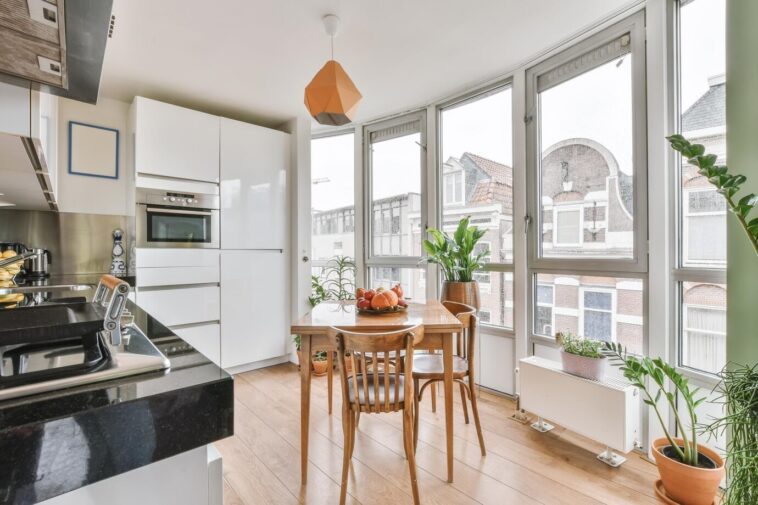
Dividing your tiny house into distinct zones for different activities can make the space feel larger and more organized. Zoning helps to define areas within the house, giving each section a specific purpose and identity.
The living and working areas are where you’ll spend most of your time, so it’s crucial to design these spaces for comfort and efficiency. In the living area, focus on creating a cozy, inviting space with multi-functional furniture and plenty of natural light. For the working area, consider a fold-down desk or a compact workspace that can be hidden away when not in use.
The kitchen and dining areas are the heart of any home, including a house. Designing these areas for maximum efficiency and comfort can make them more livable. Opt for compact appliances and fold-away or extendable dining solutions. Also, consider the workflow in the kitchen; a well-planned layout can make cooking and cleaning more enjoyable and less cumbersome in a small space.
Privacy can be challenging, but with smart design, you can create a comfortable sleeping area that feels separate from the rest of the home. Lofted beds are a popular choice, as they free up floor space and create a distinct sleeping zone. Additionally, consider using curtains or sliding panels to add privacy to sleeping areas without permanently dividing the space.
Smart Storage Solutions
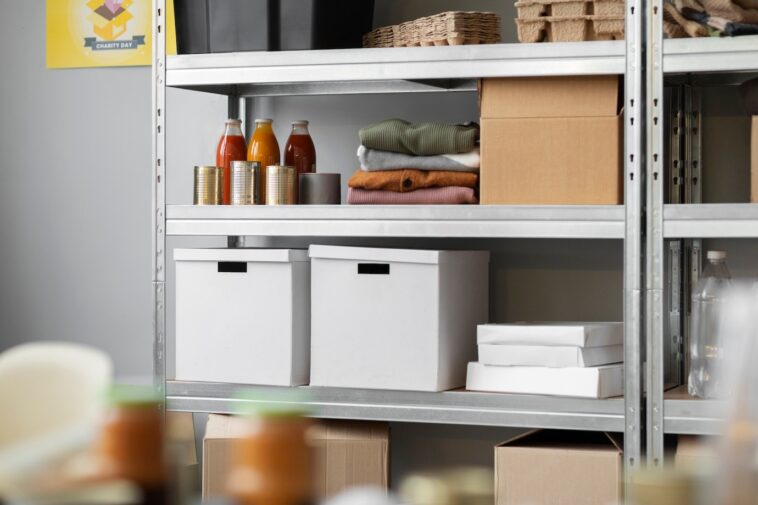
Storage is a critical component of this design. Creative and strategic storage solutions can help you keep your space organized and clutter-free, contributing to a more spacious feel.
Built-in storage takes advantage of every possible space. Look for opportunities to incorporate storage into staircases, under furniture, and in other underutilized areas. Built-ins should be designed to fit your specific needs and belongings, ensuring that everything has a place.
Hidden storage can help maintain a clean, uncluttered look in it. Consider pieces like ottomans with storage inside, hidden cabinets, or storage under floor panels. Transformative storage, which changes form or function when needed, can also be incredibly effective. Examples include a table that folds down from the wall or a bed that converts into a sofa.
Not everything needs to be accessible at all times. Designate areas for seasonal or long-term storage, such as high shelves or external storage units. This approach allows you to keep less frequently used items out of the way but still within reach when needed.
Incorporating Natural Elements
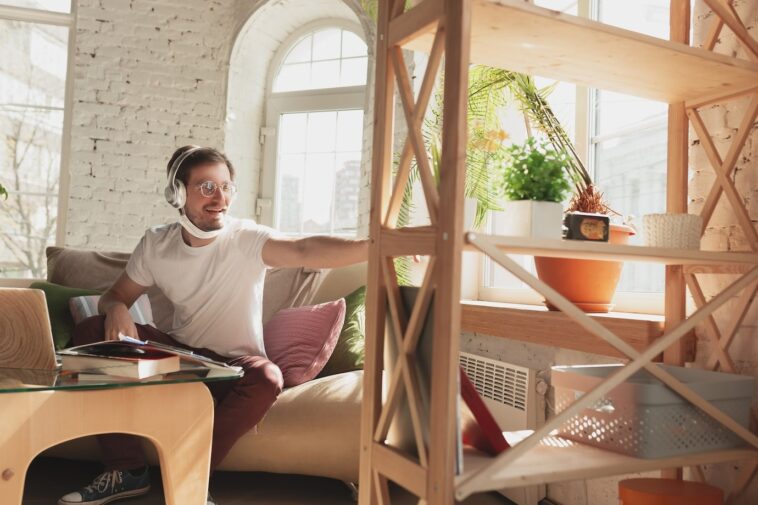
Integrating natural elements into your design can enhance its overall ambiance and create a sense of connection with the outdoors. Consider incorporating large windows to allow ample natural light to flood the space, making it feel brighter and more expansive. Additionally, strategically placing windows to frame scenic views can visually expand the space and create a sense of openness.
Furthermore, incorporating natural materials such as wood, stone, or bamboo into the interior design can add warmth and texture, bringing a touch of the outdoors inside. By blurring the boundaries between indoor and outdoor spaces, you can create a seamless flow that adds to the spacious feel of your tiny house.
Harnessing the Power of Minimalism
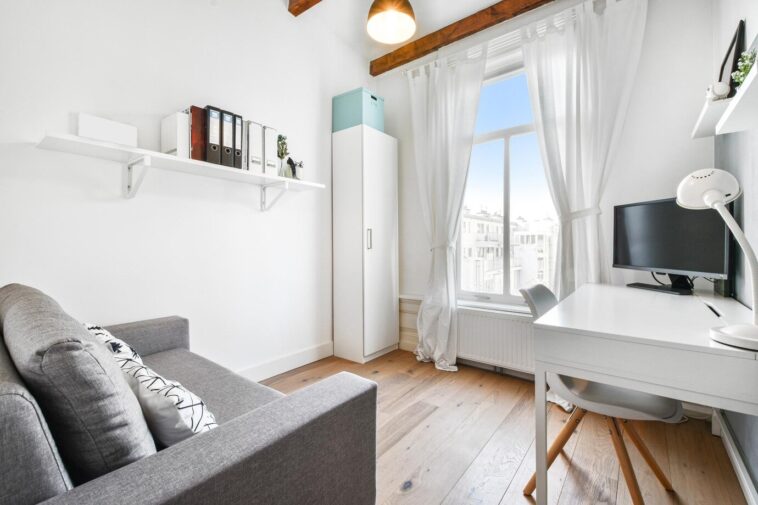
Embracing minimalism is key to maximizing space and creating a sense of openness. Opt for clean lines, simple furniture, and clutter-free surfaces to create an uncluttered and serene environment. Pare down your belongings to the essentials and prioritize quality over quantity when selecting furnishings and decor.
Additionally, consider multifunctional furniture pieces that serve multiple purposes to maximize functionality without sacrificing space. By adopting a minimalist mindset and intentionally curating your belongings, you can create a tiny house that feels spacious, tranquil, and conducive to a simplified lifestyle.
Conclusion
In conclusion, designing a tiny house with a spacious feel is both an art and a science. By understanding space dynamics, zoning your space effectively, and implementing smart storage solutions, you can create it that feels expansive, comfortable, and tailored to your needs.
Remember to infuse your personality into the design and remain open to continuous refinement. With creativity, ingenuity, and a bit of patience, you can unlock the full potential of tiny house living. Happy designing!


